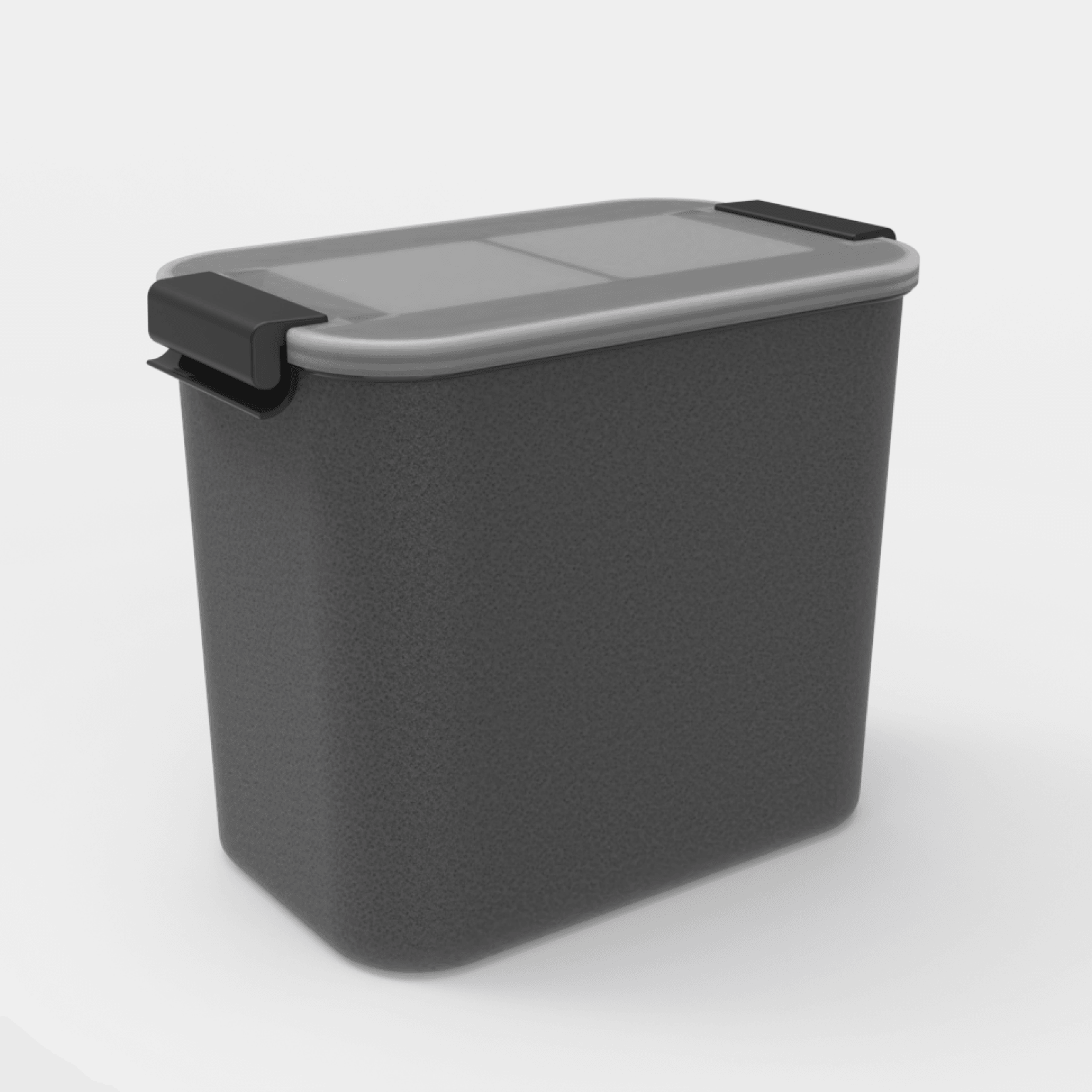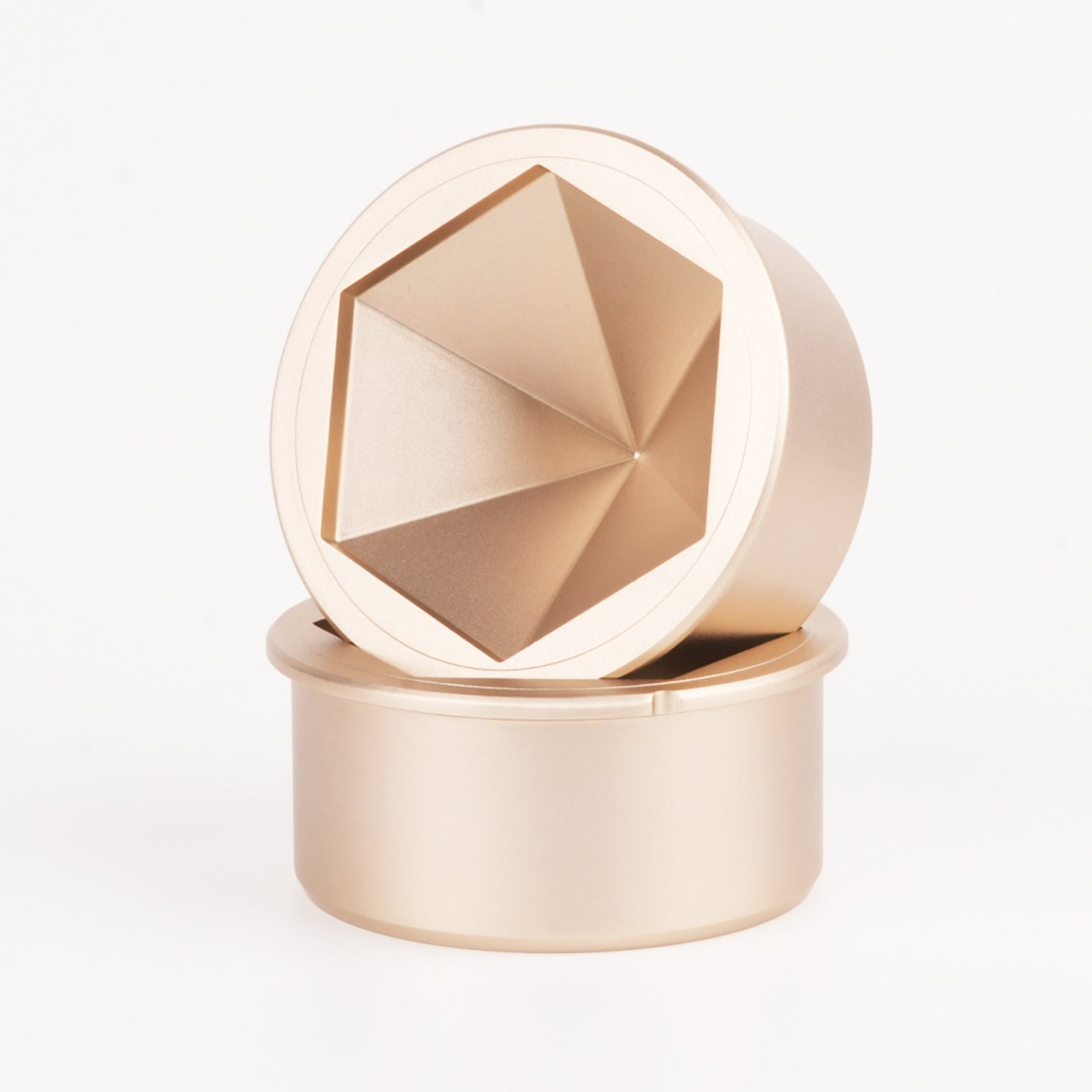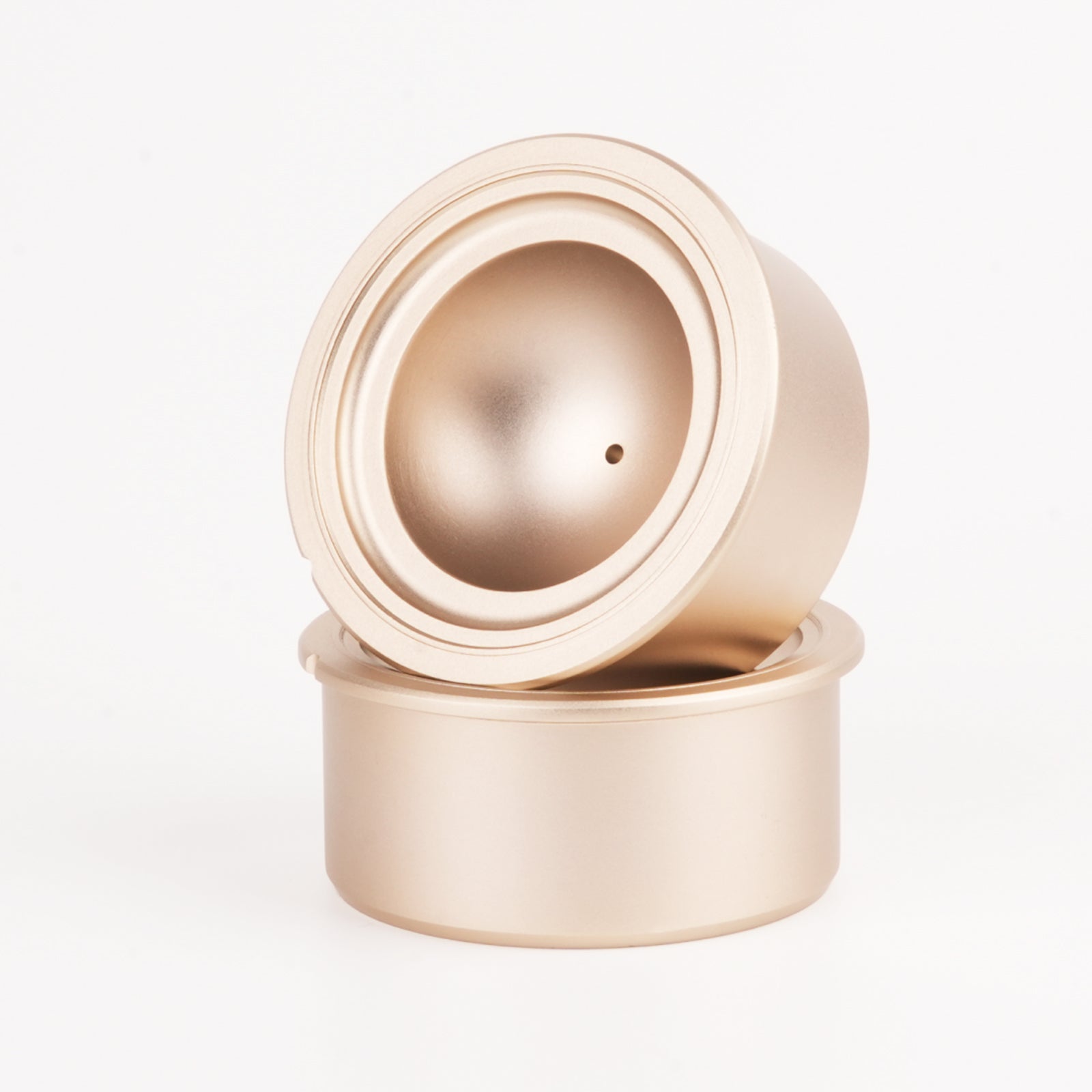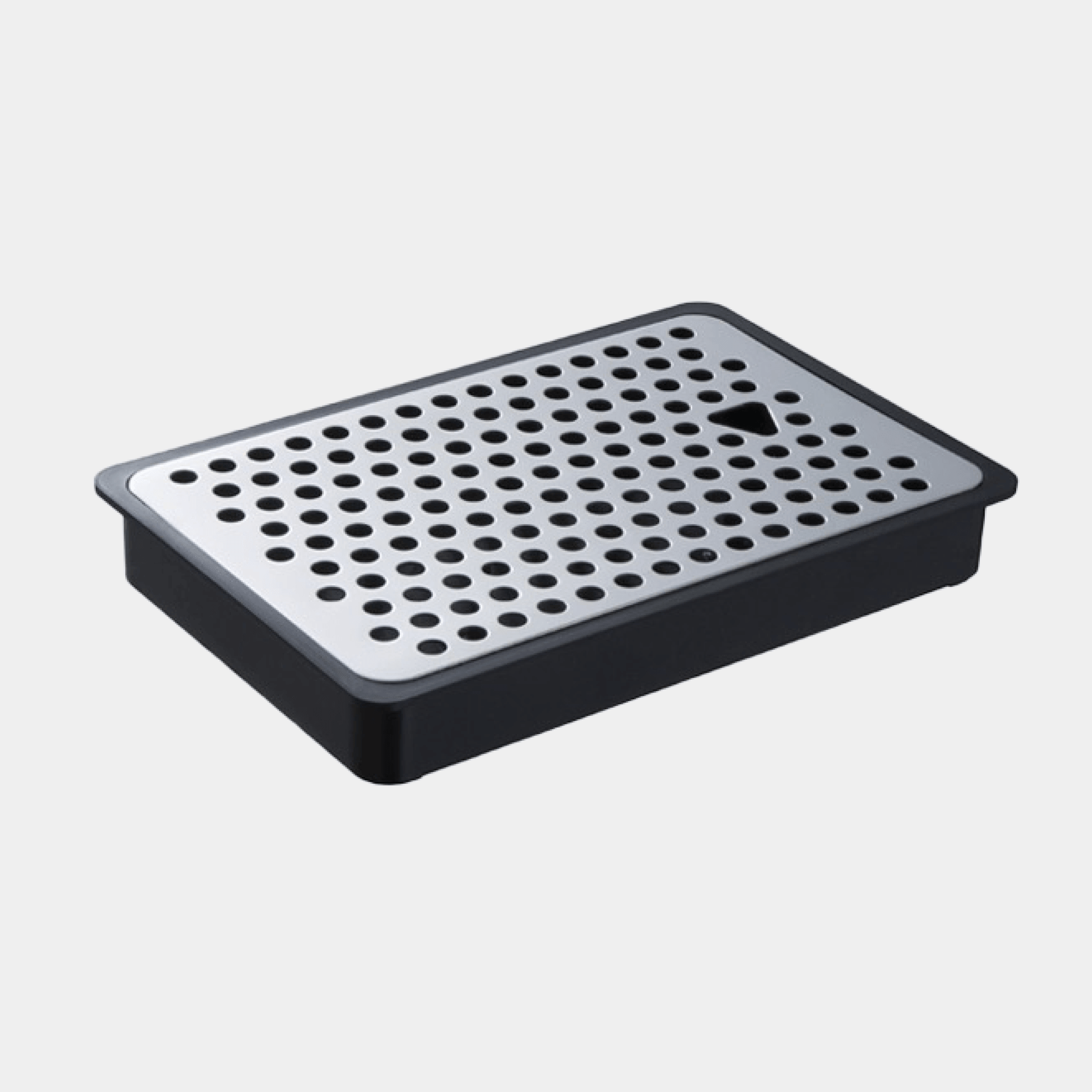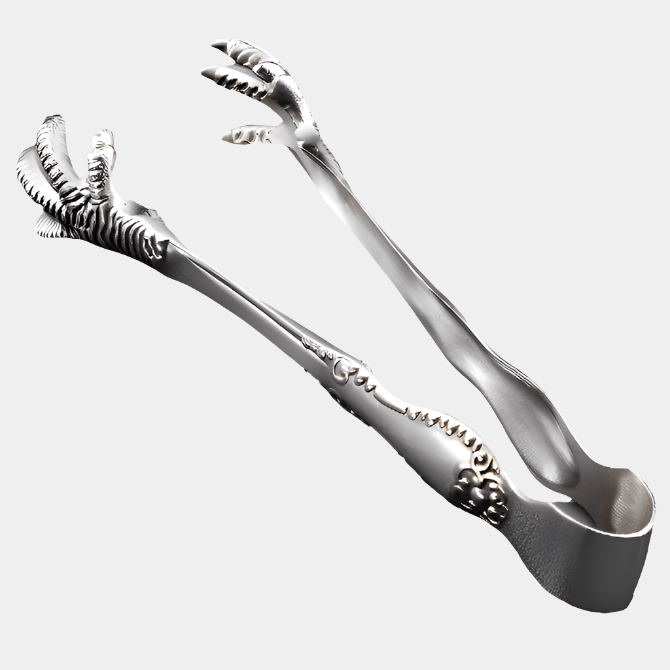On the Rocks or Neat: The Definitive Guide to Whiskey Service
A nuanced appreciation of whiskey often hinges on temperature and dilution control, aromatic release, and the interplay between spirit and ice. Unlike a one-size-fits-all approach, the decision to add ice depends on whiskey style, serving context, and desired flavor evolution. Large-format ice yields slow, controlled dilution while preserving chill; in contrast, standard cubes or crushed ice deliver rapid cooling at the expense of faster melting. Expert consensus recommends tasting neat first, then introducing ice to reveal mid-palate nuances without overwhelming delicate notes. This article synthesizes scientific insights, serving occasions, ice formats, professional viewpoints, a tasting protocol, and common consumer questions to guide optimal ice usage in whiskey.
The Science Behind Ice and Whiskey
- Temperature’s Impact on Aromatics
Chilling whiskey with ice suppresses volatile alcohol vapors, reducing perceived “heat” and allowing subtler notes—such as vanilla, fruit, or spice—to emerge more clearly. Large-format ice leverages latent heat during phase change, maintaining temperature stability while gradually releasing meltwater.
- Dilution and Flavor Balance
As ice melts, dilution softens high-proof intensity and unlocks mid-palate flavors, but excessive water can mute complexity. Research suggests that water addition in the range of 10–20% optimally opens aromatic compounds without compromising character.
Ideal Occasions for Adding Ice
- Seasonal and Environmental Context
In warm climates or during summer months, ice enhances refreshment and drinkability by lowering temperature and slowing evaporation. Conversely, in cool settings or formal tastings, neat service is favored to fully appreciate nuanced profiles.
- Whiskey Age and Style Considerations
Young bourbons and blended whiskies (under 10 years) often benefit from ice to tame aggressive oak and ethanol heat. By contrast, well-aged single malts may lose delicate aromatics if over-chilled, making minimal dilution preferable.

Best Ice Types for Whiskey: Spheres, Cubes, and Stones
- Large Ice Spheres or Blocks
Sphere-shaped or block ice features minimal surface area relative to volume, melting slowly to maintain temperature with limited dilution. These formats are ideal for spirit-forward pours where preservation of core flavors is paramount.
- Standard Cubes and Crushed Ice
Standard cubes deliver rapid cooling but dilute more quickly, suitable for casual sipping or cocktails. Crushed ice chills almost instantaneously, yet can overly water down premium spirits if used indiscriminately.
- Whiskey Stones and Alternative Chillers
Whiskey stones provide chill without meltwater, offering consistent temperature but lacking the flavor-enhancing effects of dilution. Novel chillers—such as gel-based cubes—offer cold retention but rarely match the sensory evolution prompted by melting ice.
Expert Perspectives
- Purist vs. Pragmatist Views
Many distillers and connoisseurs advocate for an initial neat tasting—using a tulip-shaped glass to concentrate aromas—followed by cautious ice addition if desired. This two-stage approach reveals baseline characteristics before assessing the impact of temperature and dilution.
- Industry Ambassador Insights
Brand ambassadors often recommend ice in leisure contexts (e.g., summer gatherings) to enhance approachability, while warning that over-dilution can “dull” whiskies’ nuanced flavors.

How to Taste Whiskey with Ice
-
Neat Evaluation Pour 30–45 ml into a tulip or Glencairn glass, swirl gently, and inhale to register dominant aromas.
-
Single Cube Assessment Introduce one large ice sphere or cube; note aroma and palate changes in 1 and 3 minutes.
-
Dilution Monitoring Measure meltwater percentage (target 10–20%), and observe flavor evolution before deciding on additional ice or a few drops of water.
-
Contextual Adjustment For social settings, standard cubes may suffice; for contemplative sipping, opt for spheres or neat service.
Should You Add Ice to Whiskey?
- What Is the Best Ice Shape for Whiskey?
Large spheres or blocks, due to their low surface-area-to-volume ratio, provide the most controlled dilution and sustained chill.
- Can Ice Enhance Whiskey’s Flavor?
Moderate dilution from melting ice can “open up” hidden mid-palate notes, enhancing complexity without overpowering the spirit.
- Is It Acceptable to Use Crushed Ice?
Crushed ice chills rapidly but risks over-dilution; it is best reserved for cocktails rather than straight whiskey service.
- Are Whiskey Stones a Good Alternative?
Whiskey stones chill without dilution but do not facilitate the same flavor unlocking provided by melting ice.



